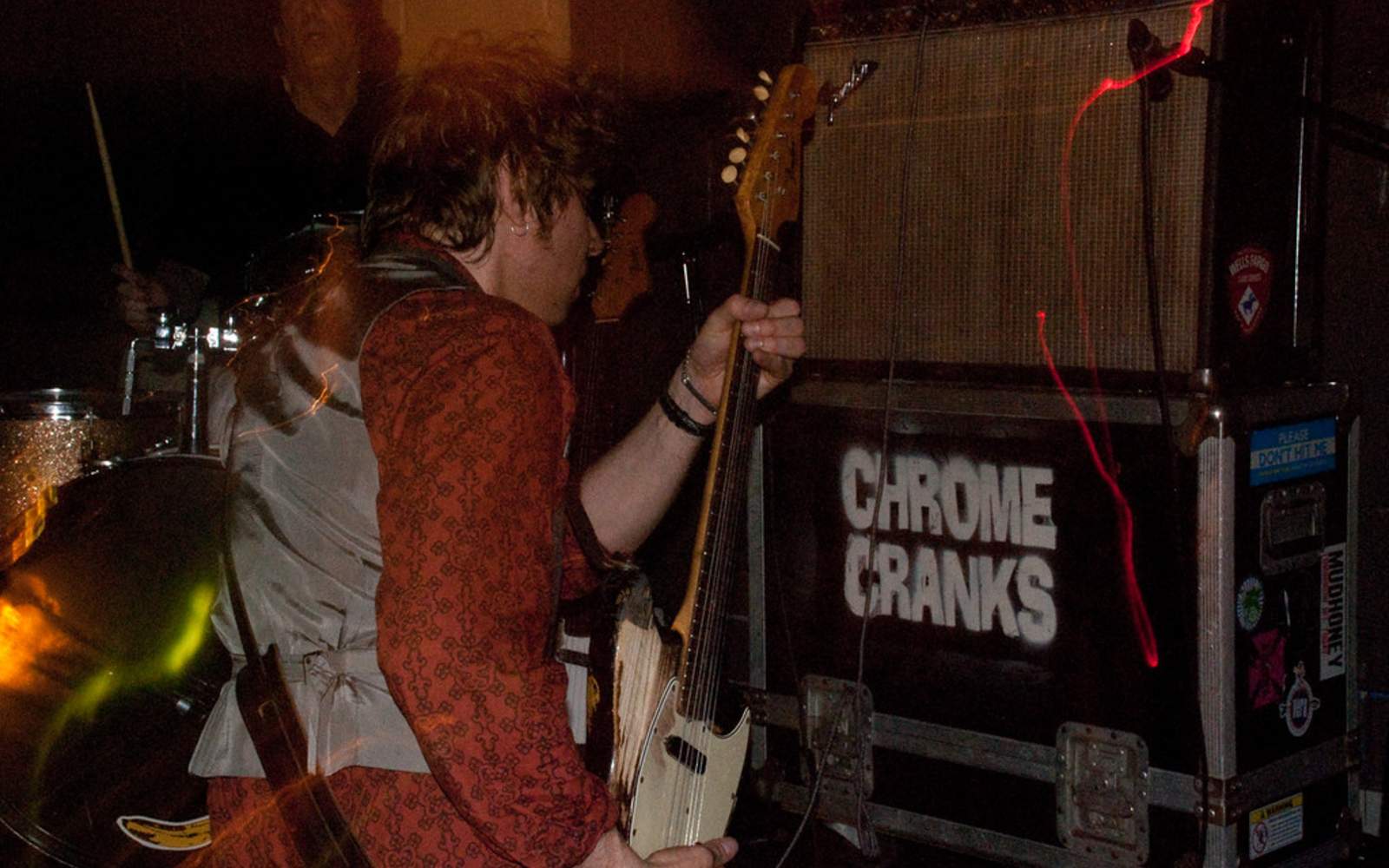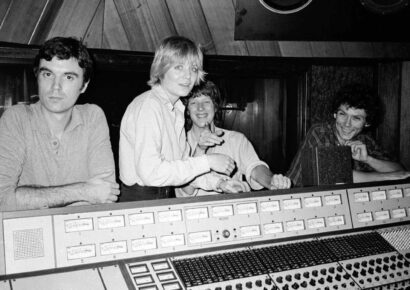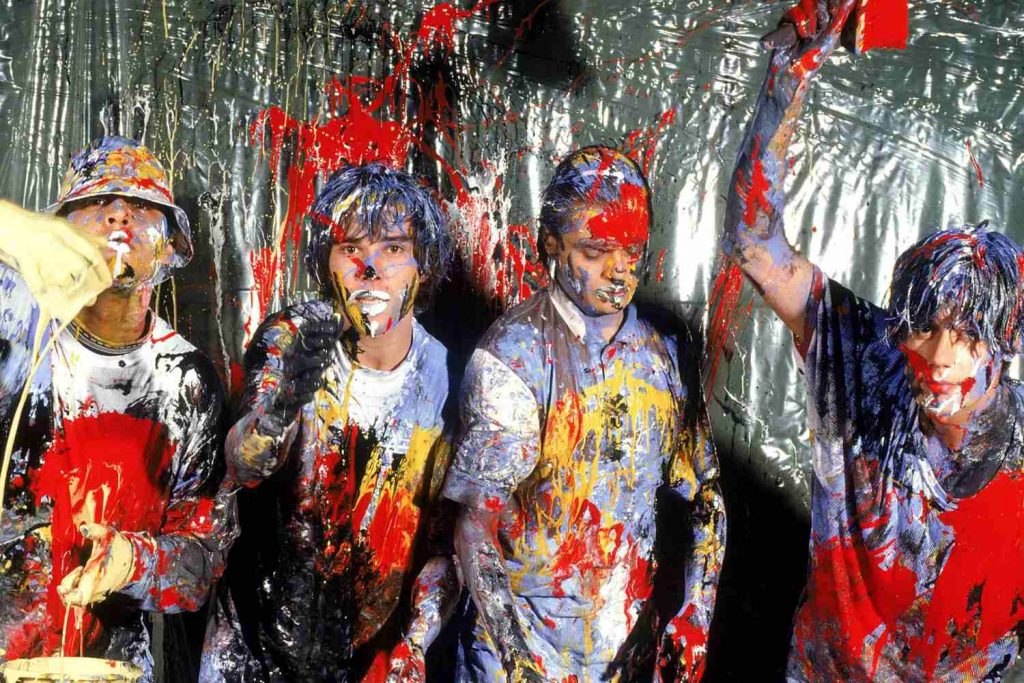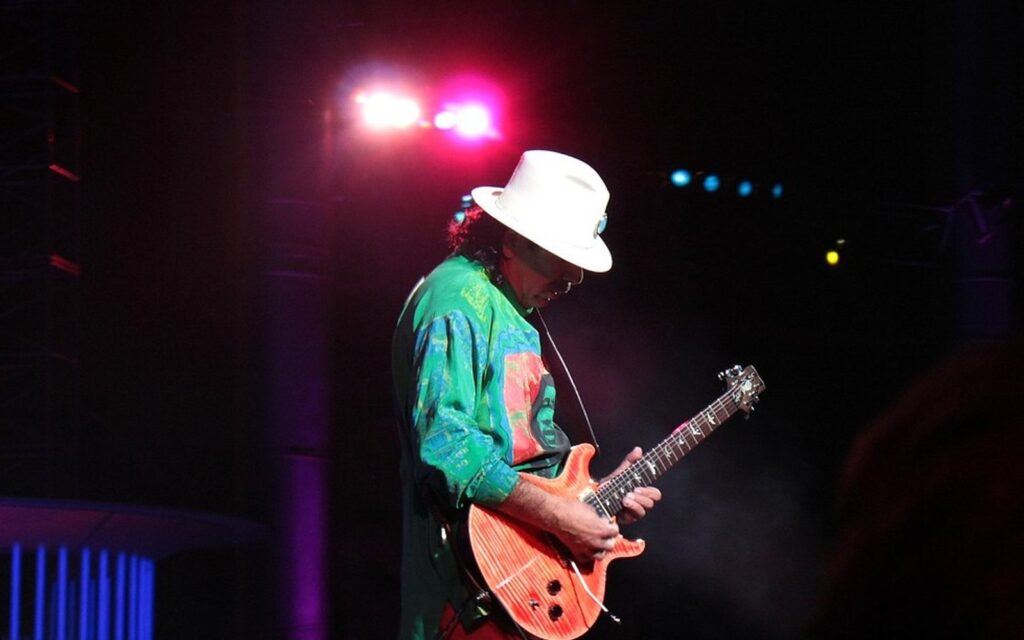With an explanation of the phenomena and technique for getting it under control
In the live setting there aren’t many sounds that can match the riveting intensity and raucous nature of a guitar amp feeding back. There’s a special kind of unpredictability that comes with a guitar’s signal breaking up; the sonic carnage created by the player’s movement and the guitar’s position.
It can be a fine line, however, between wowing a crowd and derailing a solo or an entire song. As such, a few simple techniques and a little more know-how can go along way to harnessing the best parts and being able to control guitar feedback.
Summary:
- Feedback is a phenomena which occurs when an input signal is routed to an output which in the case of guitars would be your amp pushing sound waves into your guitars pickups.
- Utilising overdrive or gain pedals can help you obtain feedback quickly and in a controlled manner.
- A wah-wah pedal is a surefire way to dial in feedback to a certain frequency and it will take some experimentation to find the perfect drive level.
Read up on all the latest interviews, features and columns here.
What is feedback?
Feedback is created when the amplified signal from the guitar amp feeds back into the guitar, generating a continuous loop of amplified sound in the process. As the sound is amplified over and over, your amp is pushed to produce the loudest signal of which it is capable – that spine tingling and, at times, ear-splitting screech.
In order for your guitar to produce amplified sound, a signal needs to be produced with the vibration of strings. It’s this vibration that alters the magnetic field of your pickup, after which the pickup translates the shift in vibration into an electrical signal, which is then sent to your amplifier.
Microphonic feedback
Unwanted microphonic feedback happens when the wire wrapped around the poles in your pickups becomes loose enough for it to vibrate – typically through wear and tear. As a consequence, when the amp vibrates to produce sound waves that we can hear, it also causes your pickup windings to vibrate.
Here your pickups begin to work as if they were a microphone – this secondary vibration bouncing back and forth between your pickups (input) and the amp (output), amplified over and over. Because the wires in your pickups are ultra thin they tend to vibrate at a significantly higher frequency, the outcome of which is that piercing squeal that some of us are all too accustomed to.
Harmonic feedback
The desirable type of feedback – harmonic feedback – is generated in a similar fashion. Yet the key difference is that instead of the vibration of loose pickup wires, it’s the vibration of the strings that creates the loop, activated by an increase in volume energy.
How to get it
The most conventional way to get feedback is by turning up the volume and positioning the guitar right up against your guitar amp. This creates more than enough soundwave energy to create sonic havoc. Alternatively, using a distortion or fuzz pedal to increase the volume and gain can push the signal to the point of feedback.
A clean boost stompbox is an underused means of getting instant feedback. The ability to create feedback without altering tone is ideal for solos, immediately launching your guitar to the top of the mix. While an EQ pedal can also be the catalyst for an onslaught of feedback when used to increase the volume of particular frequencies.
Compression is an underrated vehicle for triggering feedback. The effect is used to squash the dynamic range of the guitar’s signal, making the highs lower and the lows higher. This compression provides a more even and articulate sound, with quieter and louder notes now ringing out for a similar amount of time. With this boosted signal comes extra sustain and greater volume, both of which lead to feedback.
How to control it
Controlling guitar feedback can be as much about experimentation – the use of different pedals, the movement of body and guitar position – as it is about technique. However there are a couple of ways to really make the off-kilter frequencies sizzle.
A wah pedal is a sure-fire way to dial in on a specific frequency for scorching feedback. Designed to both cut out frequencies and to provide a considerable boost, sweeping through the wah pedal’s range is the ultimate way to test how the note breaks up and feeds back. From there it’s up to you to find that perfect cutting tone.
By setting your guitar amp or distortion/fuzz pedal to the point where it is just tipping over the edge allows for a more easily engaged feedback. The trick is to not have constant feedback when the pedal is stomped, but rather a level of volume and tension that threatens to feedback. With this level of volume and gain dialled in your use of vibrato becomes the bridge between a dirtier tone and full-blown feedback.
Read more about how feedback is produced in this Scientific American article.







